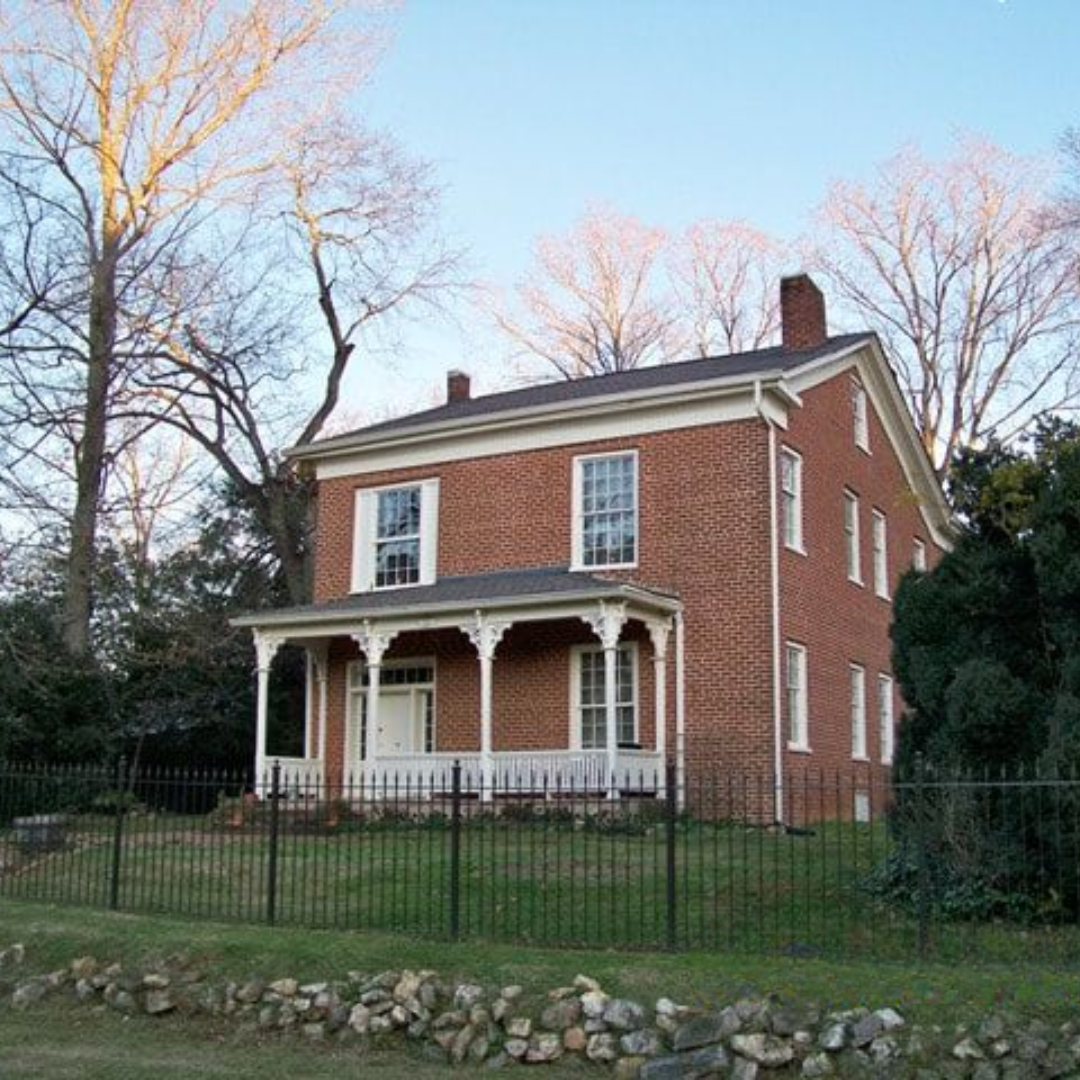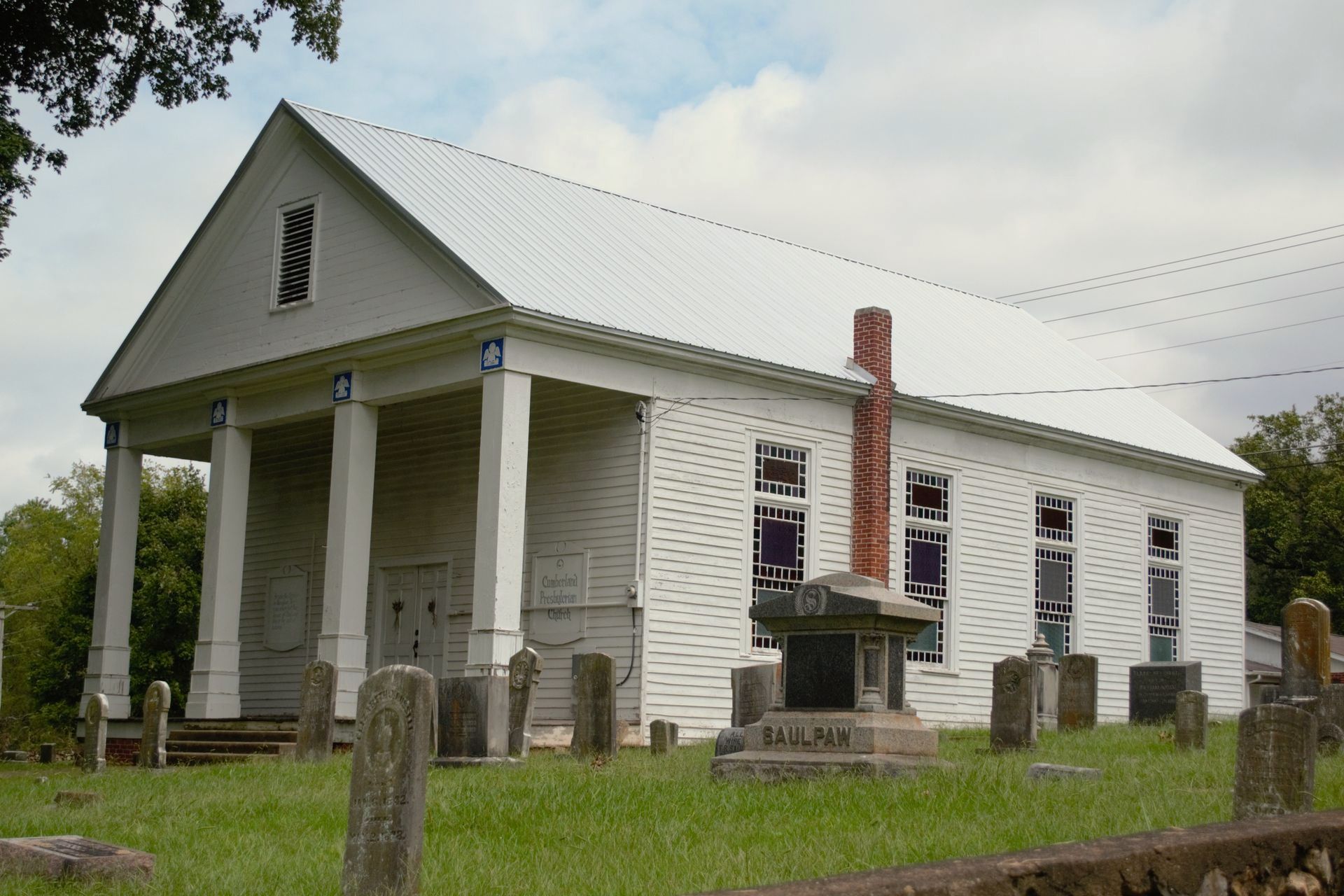History
In the early 1800's Charleston was known as Walker's Ferry. John Walker, a part-Cherokee grandson of Nancy Ward, lived in and operated a ferry across the river in the present day town of Calhoun. In 1819, the Cherokees relinquished their lands north of the Hiwassee River and west to the Tennessee River which became known as the Ocoee District. the Cherokee Indian Agency was moved to the area at the time. The present day area of Charleston was still Indian territory and passports were required of white settlers to enter this Indian nation. Lewis Ross, brother of Cherokee Chief John Ross, was notable merchant in the town at this time. Colonel Return Jonathan Meigs, a revolutionary solder was the first Indian agent. After his death in 1824, Meigs was followed by former Tennessee Governor Jospeh McMinn. The Indian agency was often referred to as the gateway to the Indian country. During the Indian removal of 1838, known as "The Trail of Tears", Charleston was the site of Fort Cass, an encampment that detained thousands of Cherokees awaiting their transport to Oklahoma. Overlooked until now, Charleston is emerging as one of the most historic areas in the state.
Wild River
The Movie

Did you know there was a movie made in Charleston, Tennessee?
That's right! Wild River is a 1960 American film that was made right here in Charleston, Tennessee, for parts of the film.
EXPLORE HISTORICAL SITES
AND THE HIWASSEE RIVER
Sites of Historical Interest
Check out THESE HISTORICAL SITES to learn even more about the history.
Henry Benton Henegar served as Wagon Master and Secretary under Chief John Ross and accompanied the Cherokee on their removal to the west. Henegar returned to Charleston and constructed his brick, federal style home in 1849.The home (NRListed 1976) was constructed on the military barracks of Fort Cass.
During The Civil War, the home was used as headquarters for Union and Confederate Generals. The house is located on Market Street.
CHARLESTON CUMBERLAND PRESBYTERIAN CHURCH is located on Railroad Street in Charleston, TN, and was added to the National Register of Historic Places in 1984. This greek-rival style church served as a confederate hospital in 1863. That November, troops of company C of the first Tennessee calvary, CSA, who came largely from neighboring McMinn and Monroe counties, helped to evacuate the town of Charleston. The unit then joined the 38th Tennessee infantry, led by Col. John C. Carter in occupying this town. The window sills of this building are gnawed considerably, evidence of where the soldiers horses were tethered.
HIWASSEE RIVER HERITAGE CENTER is an educational tool for residents and visitors functioning as a welcome center and a gateway to other regional historic sites. Through interpretive panels and displays, the Heritage Center introduces the stories of early settlers of Charleston, the Cherokee and their forced removal on the Trail of Tears, the Civil War and the eventual destruction of the area. It also provides a way for visitors to record documents and photographs into a searchable database. The Heritage Center is currently closed as a $300,000 renovation takes place, adding a new exhibit room, theater/meeting room and new restrooms. Projected grand reopening is March, 29-30, 2019.




